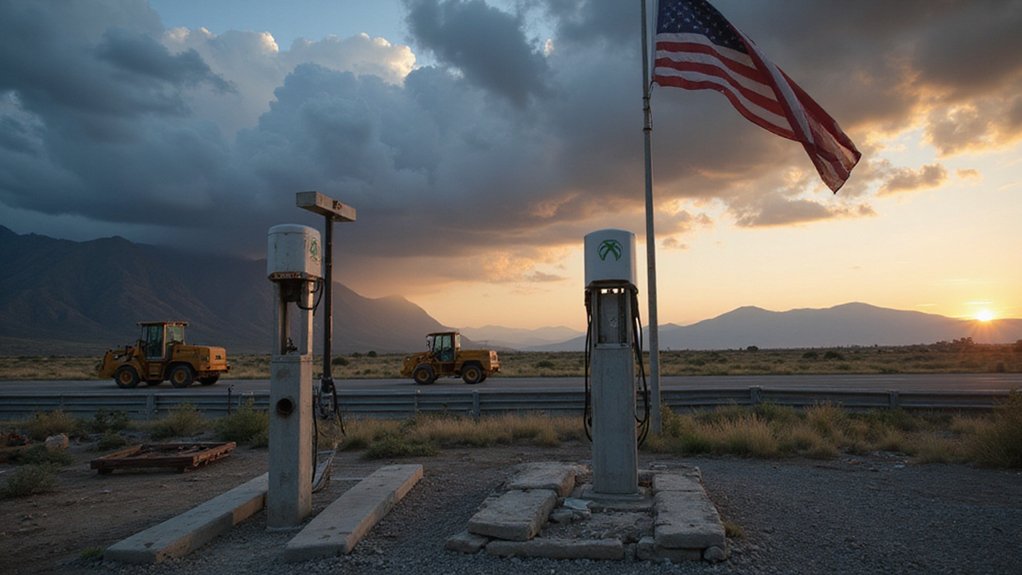When Better Place declared bankruptcy in 2013 after burning through a staggering $850 million, the EV world collectively shrugged. The ambitious battery-swapping venture had promised a transformation – quick, painless battery exchanges instead of lengthy charging stops. Great idea on paper. Terrible execution in reality.
The numbers tell the brutal story. Fewer than 1,000 switchable EVs sold in Israel. About 400 in Denmark. That’s it. For $850 million. Do the math – that’s roughly $600,000 per car. Not exactly a winning business model.
$850 million for 1,400 cars? That’s $600K per vehicle – a business model only venture capitalists could love.
Battery swapping faced a perfect storm of problems. Stations were scattered and inconvenient, forcing drivers to go miles out of their way just to swap. Technical headaches abounded – battery compartments wore down, and fire hazards emerged during pilot programs. Plus, nobody could agree on standardized battery formats. Each automaker wanted their own special design. Classic.
Consumers weren’t thrilled either. Most preferred the simplicity of home charging. Range anxiety wasn’t bad enough to justify the hassle of finding swap stations. And who wants to sign confusing contracts about who actually owns the battery in your car? Not many, apparently.
Governments didn’t help. Regulators favored traditional charging infrastructure with incentives and support. Getting permits for swap stations? Nightmare. Safety standards? Playing catch-up.
Yet battery swapping refuses to die. Chinese automaker NIO has breathed new life into the concept with updated tech and government backing. Better Place completed only 10,000 swaps before collapsing, while NIO has already surpassed 500,000 battery swaps in less than two years. The company has rapidly expanded to build over 850 stations across China by early 2022, demonstrating significant growth from just 131 stations in 2020. It makes sense for taxis, rideshare drivers, and delivery fleets that can’t afford downtime.
The Battery-as-a-Service model looks promising too. Pay for the car, subscribe to the battery. Cheaper upfront costs. Upgraded batteries as technology improves.








